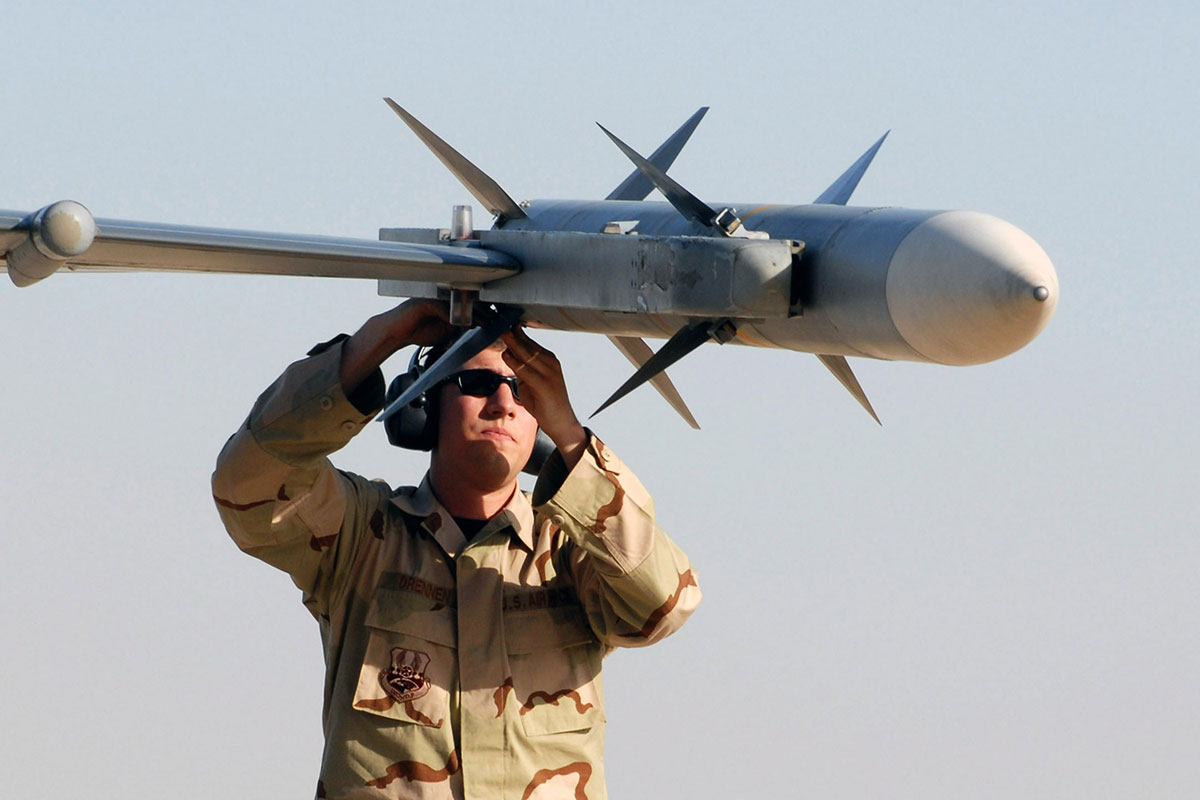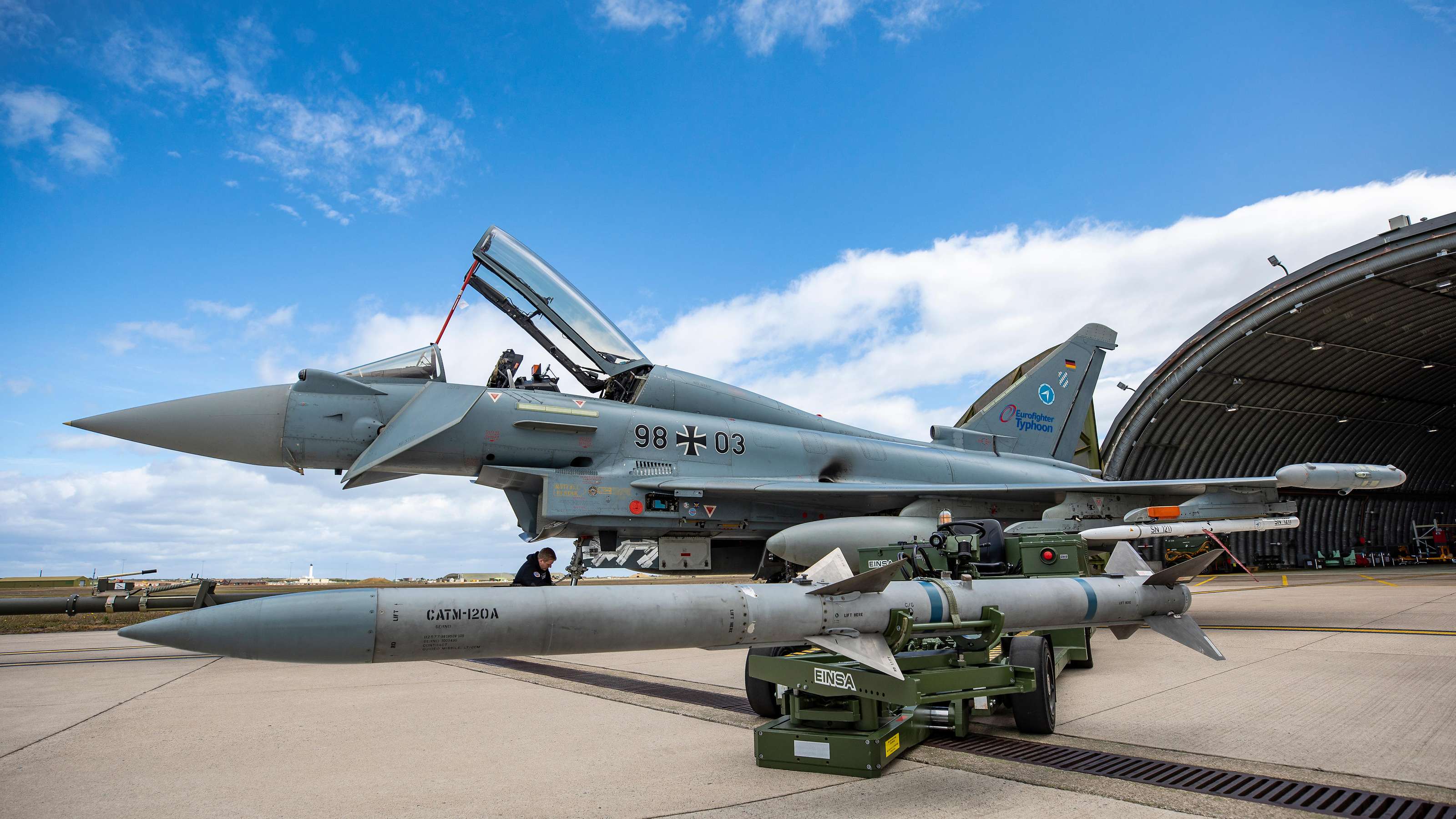AIM-120 AMRAAM and MiG-29 - what is the difficulty in integrating US missiles on Ukrainian fighters

It had recently become known that the US wants to integrate AIM-120 AMRAAM air-to-air missiles on Ukrainian Air Force MiG-29 fighters. But it will be more difficult to do so than in the case of the AGM-88 HARM.
Here's What We Know
The Ukrainian Air Force has experience in using American missiles on Soviet fighters. As far back as last year it was possible to integrate AGM-88 HARMs on MiG-29s. In addition, there is a possibility that the Defence Forces already use JDAM-ER smart bombs. But both HARMs and JDAMs require limited aircraft involvement. The integration of the AIM-120 ARMAAM, on the other hand, is bound to cause difficulties.

US air-to-air missiles will expand the capabilities of Ukrainian aviation. All AIM-120 missiles, regardless of modification, operate on the same principle, the cornerstone of which is a powerful radar. The aircraft transmits information about the target to the missile. Then the pilot directs it to the desired area, and the radar in the missile is used to find and seize the target.
The maximum launch range of the AIM-120 ARMAAM, depending on the configuration, is 180 km. At longer ranges, however, the missile must be in constant communication with the aircraft to receive target updates during flight. This is not a prerequisite, but it significantly improves accuracy at long distances.

The main problem with integrating the AIM-120 is that neither the MiG-29 nor the Su-27 has a powerful radar with which the American missiles could hit targets at maximum range. Therefore, Ukraine will not be able to unlock the full potential of all-weather AMRAAM missiles if the radar problem is not solved. It is currently unknown whether Hughes (the developer of the AIM-120) and Raytheon (manufacturer of the AIM-120) have considered the theoretical possibility of launching AMRAAM from Soviet fighters.

The AIM-120 exists in several variants. In 1991, the AIM-120A missile appeared. Currently, the most modern version is the AIM-120D, which was adopted into service in 2015. It is the one with a launch range of 180 km, and also features increased accuracy and improved manoeuvrability.
Which AMRAAM variant might be sent to Ukraine is currently unknown. Although it is worth noting that the USA transferred the AIM-120B to Ukraine for NASAMS air defence systems. This version of the missile appeared in 1994 as an improved version of the AIM-120A. It features an upgraded guidance system, a new processor and updated electronics.

Regardless of its configuration, the AIM-120 aircraft missile will be an excellent addition to the Ukrainian Air Force's arsenal, as it will allow it to shoot down Russian aircraft at long ranges. The AMRAAM is also effective in destroying low-flying kamikaze drones and cruise missiles. This has been demonstrated by the Royal Saudi Air Force.
Source: The Drive